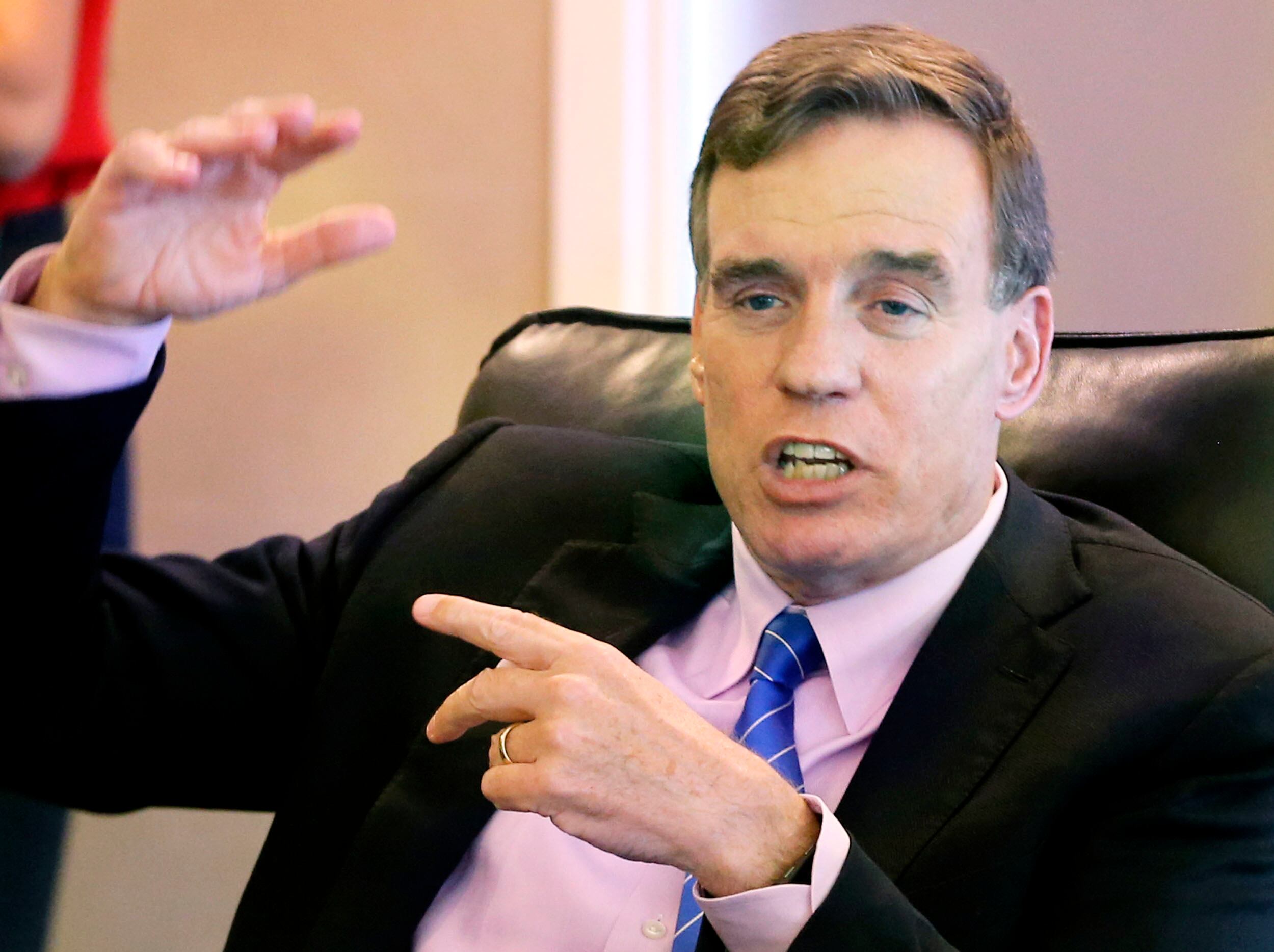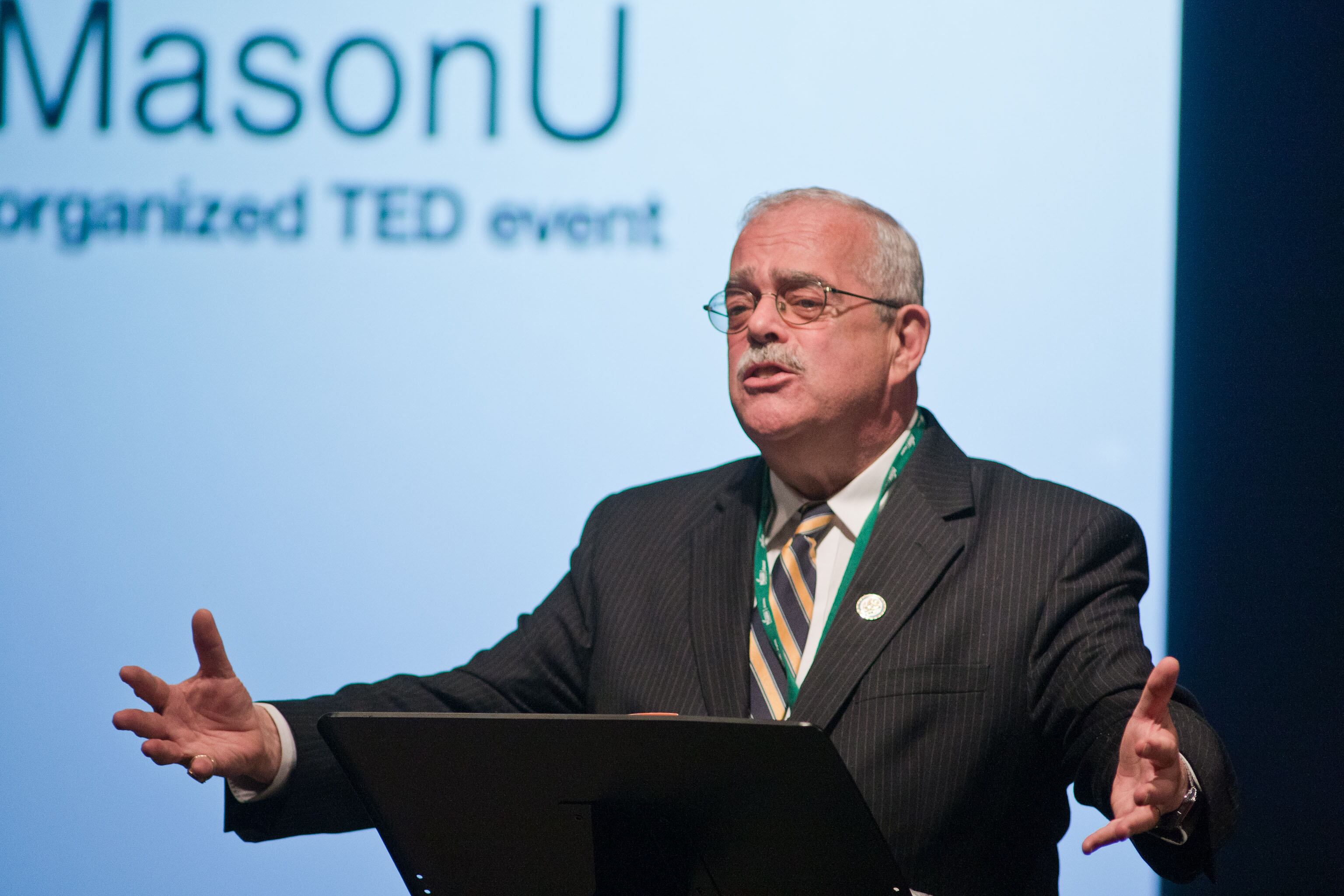Correction: This article was updated on Sept. 19 to properly reflect that former Sen. Daniel Akaka represented the state of Hawaii.
Come Jan. 1, some government employees covered by the Federal Long Term Care insurance program will see their premiums become more expensive.
The voluntary opt-in program, overseen by the Office of Personnel Management and covering 260,000 federal civilians, service members and their families, notified enrollee of the rate hikes by mail this month.
OPM would not say how much rates would change, noting that increases will vary based on the plan. A spokesperson said enrollees will be able to see how they’re affected via a mailed letter or a notice in their online account.
It’s not the first time rates have increased under the program, which for several years has been the subject of Congressional inquiry and concern by federal advocates and unions who say the increases are unsettling and poorly communicated to members.
RELATED

“The scenario resembles a classic bait-and-switch scheme, as FLTCIP enrollees took the bait when they purchased insurance at lower-quoted price, and now are forced to switch to a higher cost product or lose their investment,” said William Shackelford, president of the National Active and Retired Federal Employees Association, in a statement.
In May, the government extended its contract with John Hancock Life & Health Insurance Company for another seven-year term. The company has helped insure the program for more than a decade.
Why do FLTCIP premiums increase?
According to the program’s policy, rates may go up for a group of enrollees “whose premium is determined to be inadequate.” Additionally, rate increases often accompany the beginning of a new contract cycle, which lasts seven years before it’s renewed.
OPM must then approve any increase in premiums used to cover things like nursing home and hospice stays, assisted living facilities and caregiver services.
In years past, rate increases have not been small.
In 2010, they hovered around 25%. Then, when the contract was awarded again in 2016, they increased as high as 126%. Though OPM said these rate increases occur on a periodic regular basis, federal employee advocates and lawmakers have questioned them, saying it’s not a transparent process.
“To be aware of this possibility [of rate hikes], plan participants would have had to search the fine print in their policy documents,” testified Maine Sen. Susan Collins in 2009. “There was no straightforward disclosure. To the contrary, the implication was that by signing up at a relatively early age and by paying a higher rate, one could avoid premium increases. OPM made absolutely no effort to educate participants.”
Seven years later, during another hearing, OPM’s senior advisor for health policy, John O’Brien, testified that the price changes reflect changing trends in morbidity and mortality rates and standard projections about market conditions and interest rates that the fund needs to balance to remain solvent.
However, Shackelford and those on Capitol Hill said there’s an expectation that premiums amounts would stay stable over the life of the enrollee.
“More than half of enrollees chose the compound inflation option ... [where] participants paid more initially but they were told that their benefits would automatically increase by 5% every year, with no increase in their premiums,” said former Hawaii Sen. Daniel Akaka during a hearing in 2016.
Today, many of the marketing materials available online acknowledge that though premiums won’t increase with inflation, advancing age or deteriorating health, they may still increase under other conditions unrelated to the claimant.
And rate hikes for long-term health insurance are not uniquely affecting the federal government’s program.
Research by the National Association of Insurance Commissioners shows more than 3,500 approved rate increases nationwide for long-term care insurance policies in 2021, with an average single requested rate increase of 78% and an average approved rate of 37%.
RELATED

“Explanations for the rate increases typically are associated with the limited data on which pricing assumptions for the product were based,” the report said. For example, lower-than-expected returns from interest rates, underestimated morbidity and overestimates of how many individuals drop their coverage all inform rate increases.
An audit conducted by OPM’s inspector general last year found said that “if the program continues without a premium increase or benefit decrease, it is projected that the fund will be depleted by 2048.”
“Our concern is that the contractor will likely seek another large premium increase to help eliminate its risk in paying future benefits, thereby creating another unexpected hardship for program participants,” the report said.
Spokespeople for John Hancock and FedPoint, LLC, which administers the program, did not respond to requests for comment by deadline.
Affected employees will have 60 days from notification to elect reduced coverage to help offset the premium increase.
Molly Weisner is a staff reporter for Federal Times where she covers labor, policy and contracting pertaining to the government workforce. She made previous stops at USA Today and McClatchy as a digital producer, and worked at The New York Times as a copy editor. Molly majored in journalism at the University of North Carolina at Chapel Hill.




